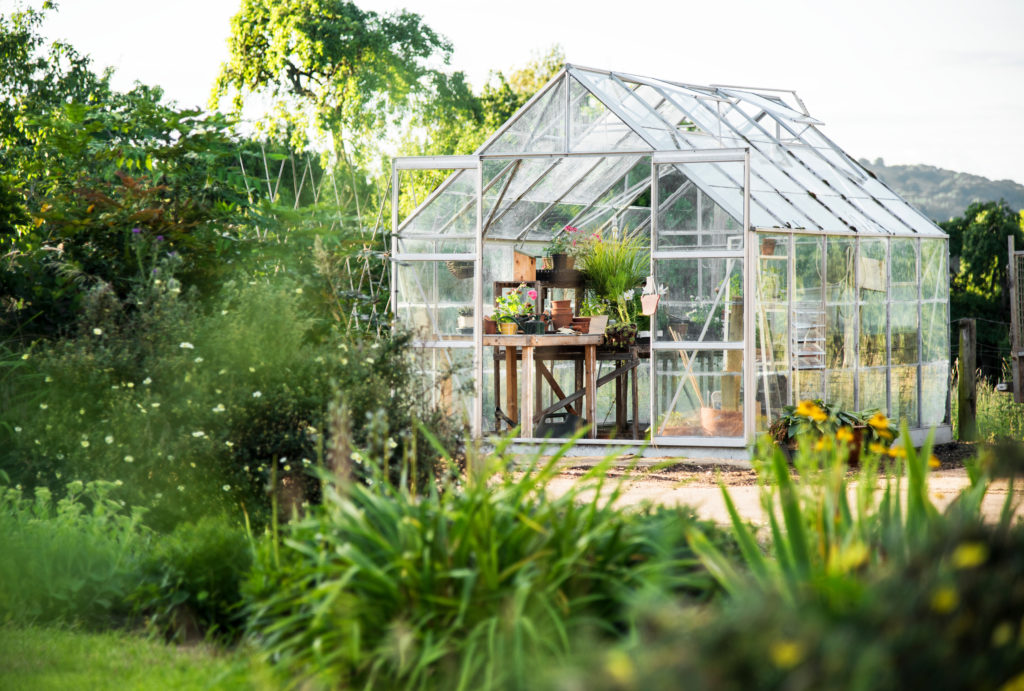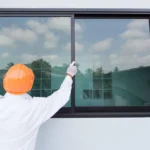Before you purchase or build a greenhouse, you must determine the best site to place it. You might want to find a spot where there’s plenty of sunlight and close enough to your house but far enough that it won’t steal too much heat from your house during the winter. However, Winter Gardenz which is the leading greenhouse provider can assist you in choosing the optimal location for your greenhouse while considering these factors.
While there are many things to consider when it comes to stylish residential nurseries and greenhouses, location plays a crucial role in their effectiveness. It’s worth taking the time to find the best site if you want to achieve better results with minimal effort.
If you don’t know where to start, here are the tips for choosing the perfect greenhouse site:
Consider Your Climate Zone
A primary factor that you should consider when selecting the best greenhouse site is your region’s climate zone. Try to look for a spot suitable for your climate zone. For example, if you’re constructing your dream residential greenhouse in an arid climate, looking for a site that gets plenty of shade and moisture will keep the plants alive during the dry season.
If you’re planning to set up a greenhouse in a windy or cold climate, it’s crucial to ensure that you choose an area with good shelter. Buildings and trees may help protect your greenhouse from high winds.
Select An Area Accessible To Utilities
You’ll have to run plumbing, electricity, and some utility lines to keep your greenhouse efficient. For this reason, ensure that your greenhouse site is near the available utilities in your area.
While you can consider an entirely off-grid greenhouse that relies on well water or rainwater source, it might not be a good idea if it’s far from another existing water source. So, choose a place that’s accessible for electricity and water.
Moreover, you need to consider where you’ll keep your tools when not in use. Most greenhouses have attached sheds or storage buildings. If your greenhouse doesn’t have a storage feature, you might want to choose a site where you can construct a small storage room where you can keep your supplies and essential tools.
Keep The Sun In Mind
When looking for the best greenhouse site, sunlight is a critical consideration. It’s wise to find an area where your greenhouse can get at least six hours of direct sunlight daily.
During the winter, it’s vital to be mindful of the shadows cast by trees and buildings. Greenhouse glazing too close or under the trees can be quite dirty, minimizing light transmission. Leaves might also clog gutters quickly if your greenhouse is placed under trees.
Typically, a north-south orientation is an excellent option for your greenhouse. Yet if it’s not possible, there’s no need to panic since there are other ways to maximize light interception, depending on where you live. For example, it’s not a problem if you live in Australia since the country’s light levels are very high.

Consider Safety
Every greenhouse requires an area to store chemicals, pesticides, and other hazardous materials. Ensure that your chosen site won’t endanger wildlife or groundwater systems in case of spills and leaks. It’s also a good idea to ask your neighboring landowners if they’re concerned about possible safety concerns. You should also check with your region’s regulatory agencies to ensure your site is appropriately zoned.
Wherever you prefer to site your greenhouse, ensure that the site is two feet above high-water or potential flooding marks. Water damage may lead to expensive repairs and might ruin your greenhouse’s structural integrity.
If necessary, select an area away from places that are likely to be hit by hurricanes or storms. Plus, if you plan to work with rare or sensitive plants, you might want to pay more attention to the area’s safety before you decide to construct or install your greenhouse.
Check The Foundation
Choose a greenhouse site that is stable and level, and be mindful of its elevation and drainage. A well-drained and level site enables easier construction and puts less stress on your greenhouse structure. A firm or compact ground is ideal too, so it might not start to settle after the greenhouse is constructed.
Assess Your Garden’s Condition
If you’re planning to choose your garden as your greenhouse site, you should evaluate its overall condition. Remember, every garden has its own set of unique conditions. To provide your seedlings and plants with an optimum environment to grow, you must build a sustainable greenhouse somewhere that gets natural daylight and is protected from frost pockets and harsh winds.
When selecting a site, it’s also critical to note that cold air sinks and hot air rises, so the slopes’ bottom may remain frosty longer than your garden’s higher ground. There are also other gardens with damp areas and are prone to surface water due to lack of sunlight and poor drainage. Avoid placing your greenhouse in such areas.
Conclusion
A greenhouse serves many functions, but it should stay warm enough to grow crops throughout the year while remaining cool enough to prevent your plants from decaying. Selecting the right spot for your greenhouse is a bit tricky since it might seem like there are various factors to consider. Nonetheless, with proper preparation and thorough research, you can quickly choose the ideal spot and have it in place within no time.






